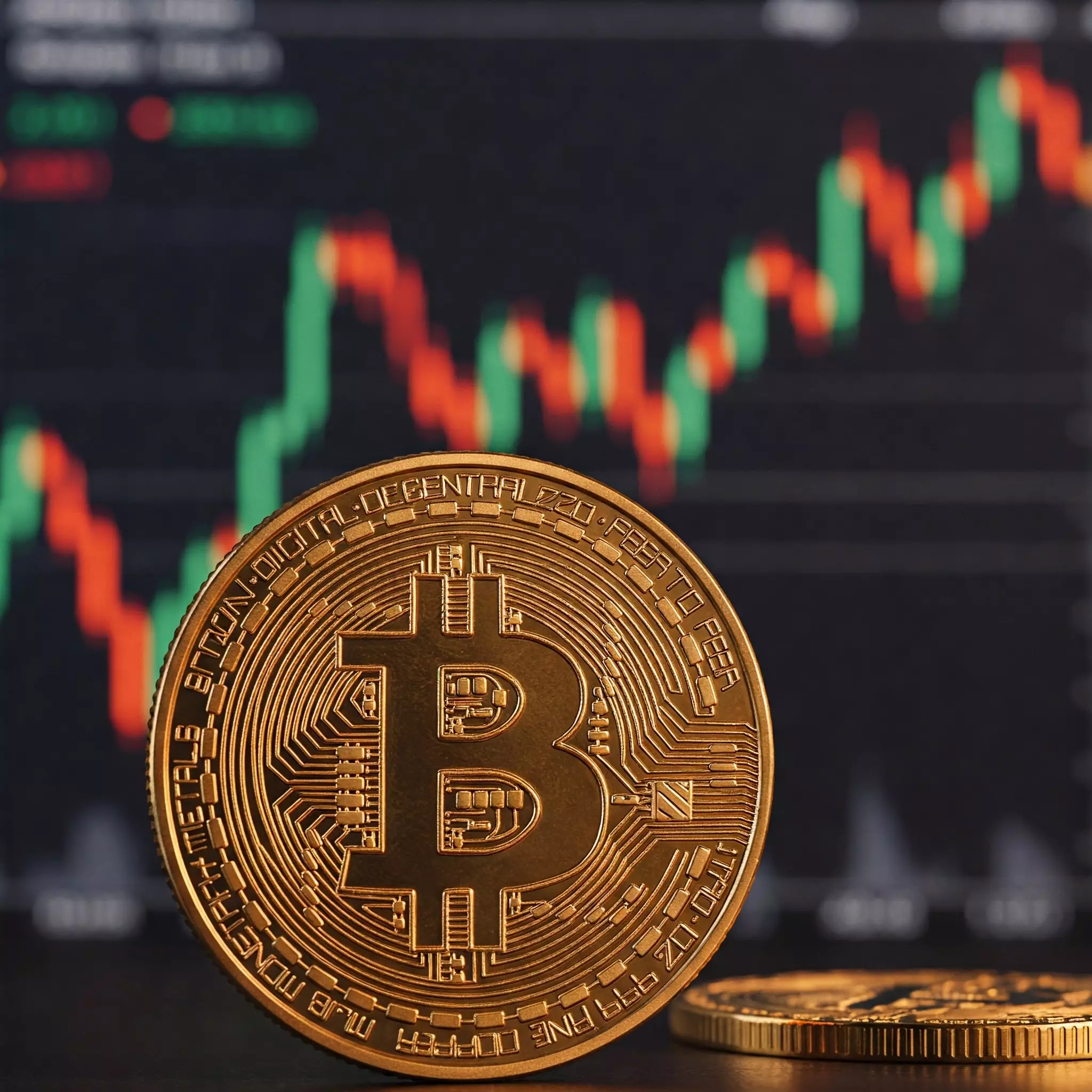The cryptocurrency market has recently exhibited an extraordinary volatility that should serve as a wake-up call for investors, particularly those caught up in the euphoria surrounding Bitcoin. After a notable drop driven largely by economic fears—exacerbated by US tariff policies under President Trump—the leading cryptocurrency has seen its price bounce back to $80,000. Yet, this rebound does not necessarily signal a long-lasting recovery; instead, it highlights the precariousness of the digital asset landscape. Those who cling to the narrative that Bitcoin is a safe haven may need a more nuanced understanding of the risks involved.
Bitcoin’s recent resurgence, albeit momentary, comes as altcoins continue to plummet. This scenario is reminiscent of past market behaviors, where the parabolic rise of Bitcoin often leads to a domino effect for altcoins. The stark reality here is that while Bitcoin currently commands a 60% market dominance, this statistic does little to alleviate concerns over economic undercurrents that threaten to destabilize the entire crypto ecosystem.
Market Dynamics: Signs of Irrational Behavior?
The cryptocurrency sector is notorious for its rapid swings, but the latest reports by Glassnode indicate a deeper issue: the psychology of traders. Despite Bitcoin’s 10% price decline, liquidations of futures positions totaled merely $58 million—a relatively minor figure compared to historical precedents where sell-off events led to excessive liquidations surpassing $140 million. This suggests two possibilities. Firstly, traders could be exercising prudent caution, thus limiting leverage and reducing exposure to outsized losses. Alternatively, it might signify a pervasive reluctance to acknowledge the risks of the current market environment.
The disconnection between price movements and liquidation events hints at an unsettling truth: many remain optimistic, unwilling to confront the realities that undermine their bullish expectations. While this can be viewed as a testament to Bitcoin’s allure, it raises cautionary flags—particularly for those yet to grasp the need for strategic risk management.
Institutional Interest: A Double-Edged Blade
Despite the prevailing volatility, recent statistics show that institutional interest in Bitcoin continues to rise, with 76 new entities acquiring over 1,000 BTC in the last two months. While this statistic is encouraging and reinforces the narrative that institutions are bullish on Bitcoin’s long-term value, it is essential to scrutinize this optimism critically. Institutional involvement tends to exacerbate underlying market issues when sentiment shifts, creating a feedback loop of panic and price depreciation.
Moreover, the so-called institutional “smart money” is not impervious to missteps. Their involvement often correlates with heightened volatility. As sophisticated players engage in futures trading and automated strategies, one has to wonder whether they will be able to maneuver the market gracefully amid rapid fluctuations and adverse economic indicators.
The Future of Bitcoin: Unascertainable Yet Intriguing
In assessing the broader economic landscape, the current state of Bitcoin may serve as a litmus test for investor psychology. If the cryptocurrency is indeed emerging as a mainstream asset, its responses to economic stimuli should be studied with meticulous attention. This situation begs the question: are Bitcoin enthusiasts truly prepared to ride the waves of this turbulent market, or are they overly swayed by emotive optimism underpinned by a perhaps unsustainable belief in Bitcoin’s projected trajectory?
We cannot ignore the implications of falling open interest in Bitcoin futures, which speaks volumes about trader confidence. A decline in cash-margined and crypto-margined open interest indicates a cautious retreat from risk—one that could spell significant ramifications if collective sentiment pivots in an unfavorable direction. Though we are witnessing a moment of recovery, the shadows of looming economic uncertainties should ignite a sense of vigilance amongst investors, especially those who haven’t yet reconciled their strategies with the unpredictable tide that characterizes the crypto market.
As we stand on the precipice, it is vital for investors—from retail participants to institutional entities—to engage with Bitcoin in a manner that prioritizes scrutiny over blind enthusiasm. The reality is that while there are glimmers of promise, the imperfect, often chaotic nature of cryptocurrency demands a balanced approach rooted in informed caution and strategic foresight.















